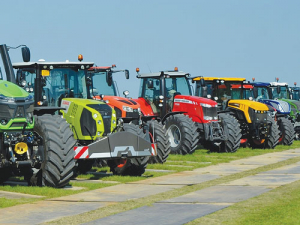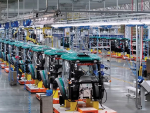With regional field days right upon us, tractor importers and dealers should have a smile on their faces given the sales results just released for the 2017 year.
Industry association TAMA reports that sales topped out at 4079 new tractors retailed, up from 3609 in 2016, 3578 in 2015 and the big year 2014 when 4062 sales were recorded. TAMA notes that the largest increases came from Taranaki, where 214 were sold (+35%), Otago (+28%) and the combined Canterbury regions (+22%)
TAMA general manager Ron Gall suggests the increases resulted from an improved outlook in the dairy sector and steady growth in the horticultural and viticulture sectors.
The Australian association, TMA, reported sales last year broke through the 12,000 mark, an 8% increase on 2016. These increases seemed to be the combined effect of new model introductions, competitive finance deals and stronger demand in the higher horsepower sector as growers sought to increase productivity.
In the UK, sales amounted to 12,033 units in 2017, a rise of 13.5% over 2016; much of this growth came in the 140-200hp range with sales of 4750 machines.
The UK Agricultural Engineers Association (AEA) noted a surge in Nov/Dec appeared to be a result of higher pre-registrations in advance of the new ‘mothership’ regulations introduced by the EU to take effect from January 1, 2018.
These mandatory specifications will include dual-line trailer braking systems, extra locking devices on guards, indication that independent brakes are locked together, and two-stage actuation functions for key control elements. The AEA foresees lower sales in the coming months.
Globally, in 2017 total tractor sales were about 1.9 million, against a 5-year average of 2 million. Some 990,000 tractors were sold in India and China, where the numbers totalled 570,000 and 420,000 respectively, while European sales hit 165,000 and the US 211,000.



















